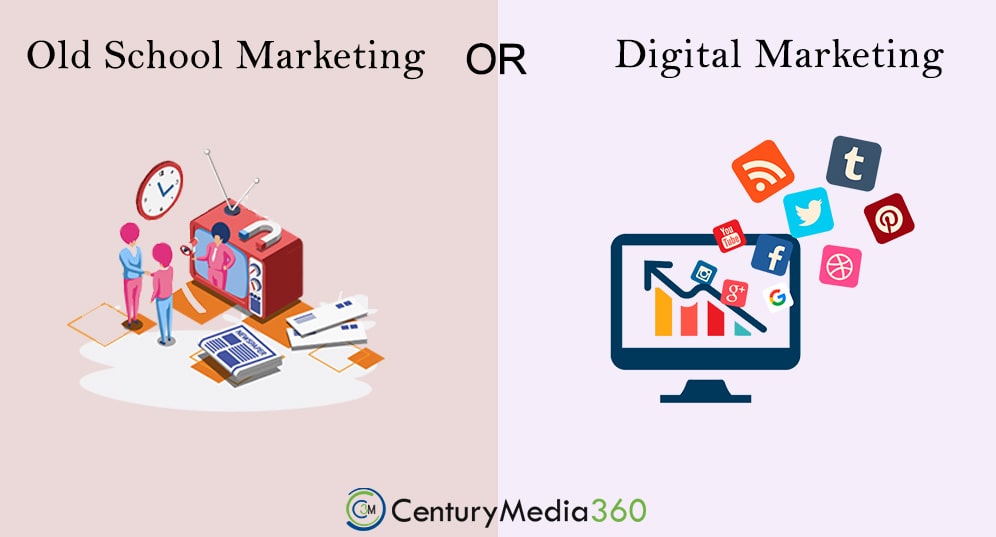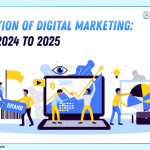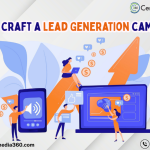Old School Marketing vs. Digital Marketing

Marketing has come a long way since the days of traditional advertising methods like print, radio, and television. With the advent of the internet and the proliferation of digital technologies, marketers now have a whole new set of tools at their disposal to reach and engage with their target audience. In this article, we will compare old-school marketing and digital marketing, highlighting the key differences between the two and the advantages and disadvantages of each.
Definition of Old School Marketing and Digital Marketing
Old school refers to traditional marketing techniques that were used before the widespread adoption of digital technologies. These techniques include print advertising (newspapers, magazines, flyers), radio and television advertising, and direct mail. Old school marketing is often referred to as “outbound marketing,” as it involves actively reaching out to potential customers through various channels.
Digital marketing, on the other hand, refers to marketing efforts that use digital technologies to reach and engage with customers. This includes tactics such as email marketing, social media marketing, search engine optimization (SEO), pay-per-click (PPC) advertising, and content marketing. Digital marketing is often referred to as “inbound marketing,” as it involves attracting potential customers to your business through relevant and valuable content, rather than actively reaching out to them.
Target Audience Reach
One of the key differences between old-school marketing and digital marketing is the reach of the target audience. With old-school marketing, the target audience is often limited to those exposed to the marketing message through the chosen channels (e.g., those who read a particular newspaper or magazine, or those who listen to a particular radio station). This can be a significant limitation, as it can be difficult to accurately target specific demographics or interests.
Digital marketing, on the other hand, allows for much greater targeting and reach. With tools like social media and email marketing, businesses can segment their audience based on various criteria (e.g., location, age, interests) and deliver targeted messages to these specific groups. This allows businesses to reach a much broader audience and increase the chances of conversion.
Cost Comparison in Old School Marketing and Digital Marketing
Another important consideration when comparing old-school marketing and digital marketing is the cost. In general, old-school marketing tends to be more expensive than digital marketing, particularly for small businesses. Print and television advertising, in particular, can be quite costly, and there is no guarantee that the investment will result in a positive return.
Digital marketing, on the other hand, can be much more cost-effective, particularly for small businesses. Many tactics, such as social media marketing and content marketing, can done in-house with minimal cost. Additionally, tools like Google AdWords and Facebook Ads allow businesses to set a budget and only pay for results (e.g., clicks or conversions). This means that businesses can control their marketing spend and ensure that they are getting a good return on their investment.
Measuring Success
Measuring the success of marketing efforts is crucial for businesses, as it allows them to determine what is working and what is not and make adjustments accordingly. Old-school marketing can be difficult to measure, as it is often hard to accurately track the results of traditional advertising campaigns. For example, it can be difficult to determine how many people actually saw a print ad or heard a radio ad, and it can be even harder to track the impact of these ads on sales.
Digital marketing, on the other hand, is much easier to measure and track. With tools like Google Analytics, businesses can see exactly how many people have visited their website, how long they stayed, and which pages they viewed. Social media and email marketing platforms also provide detailed analytics, allowing businesses to track engagement, conversions, and other key metrics. Additionally, digital marketing campaigns can easily optimized and tweaked based on performance data, allowing businesses to make data-driven decisions and improve their ROI.
Interactivity and Engagement
Another key difference between old-school marketing and online marketing is the level of interactivity and engagement. Old-school marketing techniques such as print, and television advertising are typically one-way communication channels where businesses send out a message and hope that it reaches and resonates with the target audience. There is little room for interaction or engagement between the business and the audience.
On the other hand, digital marketing channels such as social media and email marketing allow for a more interactive and engaging experience. Businesses can engage with their audience in real-time, respond to comments and questions, and build a relationship with their customers. Additionally, digital marketing channels such as chatbots and webinars allow businesses to interact and engage with their audience in a more personal and interactive way.
In conclusion, both old-school marketing and online marketing have their own advantages and disadvantages. Old-school marketing is more expensive and harder to measure, but it can be effective for reaching a broad audience. Digital marketing, on the other hand, is more cost-effective and easier to measure, but it requires a more targeted approach. Ultimately, the best approach will depend on the goals of the business and the target audience. Businesses can also combine both old-school and digital marketing for a well-rounded approach.






